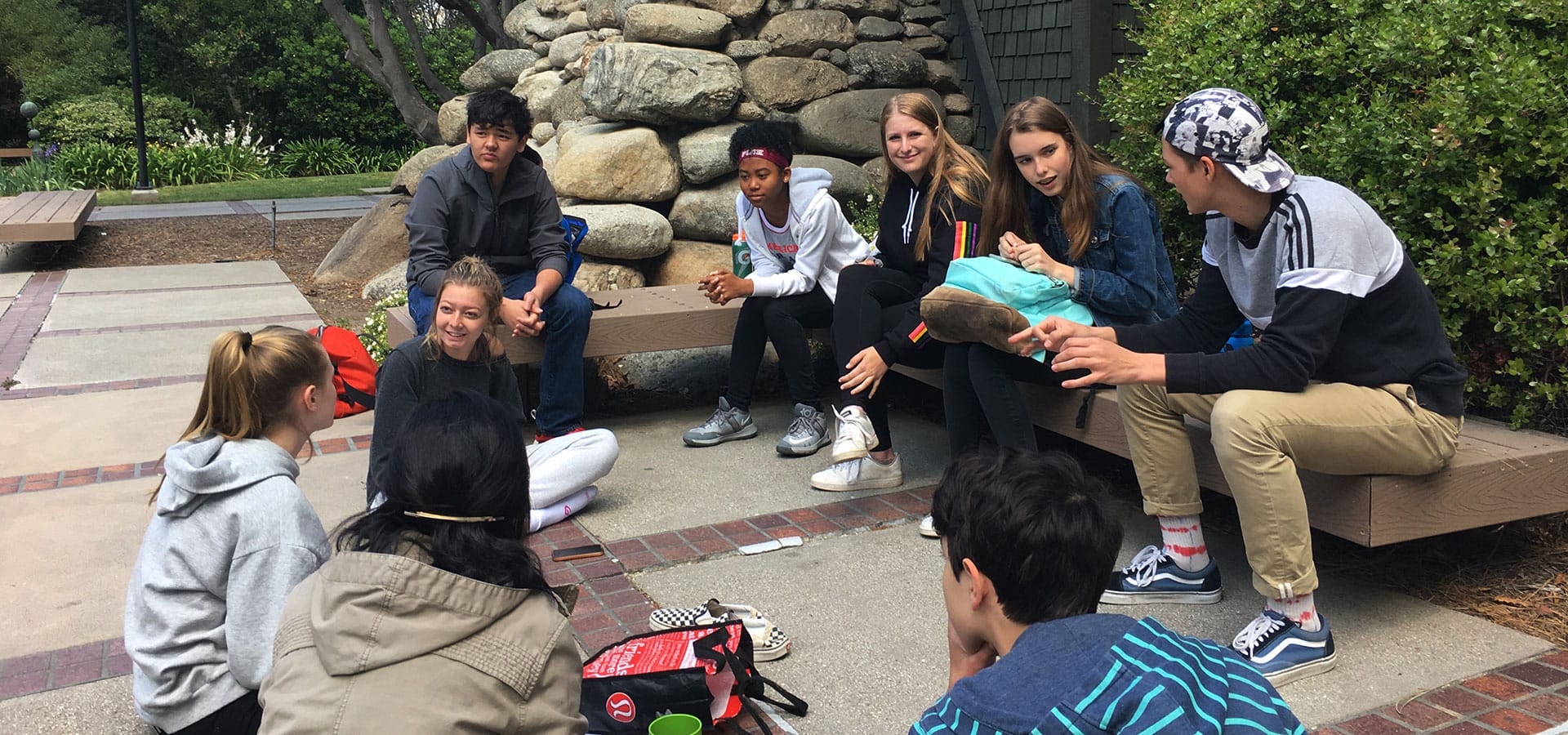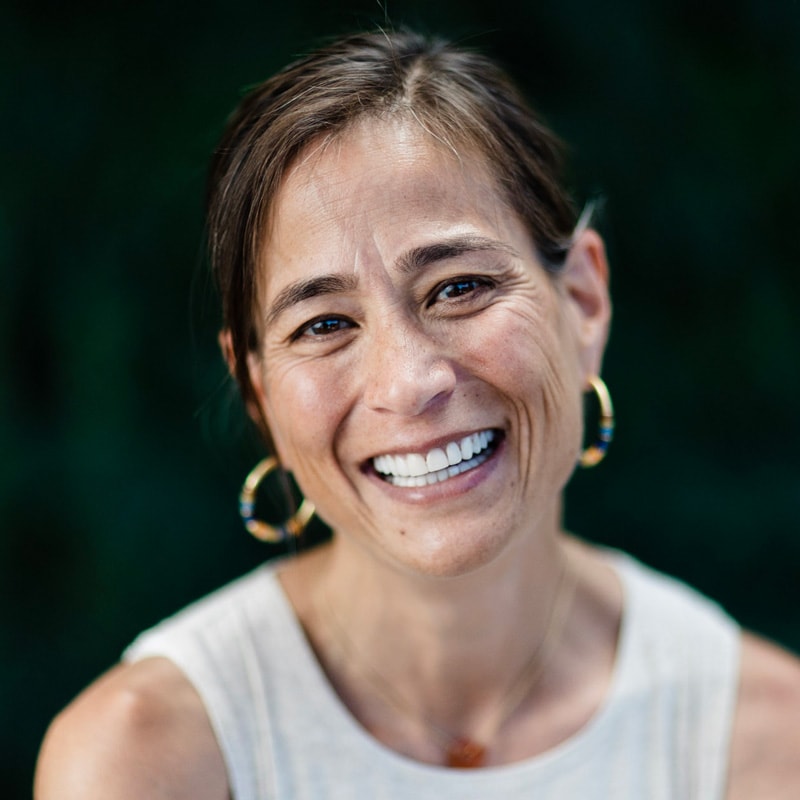About
Progressive Education

Many schools offer programs that are informed by progressive principles of education that were first articulated in the late 19th century by school reformers who were concerned by what they saw as a nationwide emphasis on conformity and standardization. Progressive educational theorists, like John Dewey, countered the industrial factory model with a call for educators to create schooling that would prepare children to become active, engaged critical thinkers and lifelong learners – fostering those skills and habits of mind that were seen as necessary for citizens in a democratic society.
Progressive schools aren’t all the same. They can be big or small, with campuses that feature lots of outdoor play space or campuses that are high-tech and urban. In progressive classrooms teachers cultivate respect for a diversity of opinions and cultural backgrounds, encourage students to voice their own ideas, and to work with each other to solve problems, rather than always depend upon the teacher’s instruction to find the correct answer.
So what does progressive teaching and learning look like in 21st-century classrooms?
Progressive educators don’t point to hard and fast rules of practice, but to emergent themes, as summarized by the Progressive Education Network. Educators must:
- prepare students for participation in a democratic society;
- focus on students’ social, emotional, academic, cognitive and physical development;
- nurture and support students’ natural curiosity and innate desire to learn;
- respond to the developmental needs of students;
- foster respectful relationships between teachers and students; and
- encourage the active participation of students in their own learning.
How is progressive education put into practice at Sequoyah?
As often as possible, children are encouraged through their questioning to imagine what is possible and are engaged in the search for answers. Here, students gain experiences and skills that help them pose meaningful questions about themselves, their relationships, their communities, and their world. Sequoyah’s teachers challenge students to be creative, idealistic and practical both in the classroom and out in the community. Curricula and activities are often specific to the particular attributes of the school and its surroundings. Teachers integrate subject matter and help students examine the geography, ecology, cultures, and politics of the places they live and those they explore in the school’s field studies program. Recognizing connections between place, self and community helps students see the relevance of the material they study and empowers them to live out Sequoyah’s core value of Stewardship: To take care of people, take care of things, take care of the environment, and seek to make the community a better place for all.What does progressive education look like in our classrooms?
When asked this question, Sequoyah’s teachers responded:- “We are helping students to learn how to ask good questions as opposed to just getting the right answer – in US history, students generate questions and facilitate their own seminar about the balance of civil liberties and civil rights.”
- “You see students eagerly working together to solve a problem – there doesn’t always need to be a teacher present for students to be actively engaged in their learning.”
- “The classroom is prepared with materials that leads the child through a cycle of activities that encourages them to construct their own understanding.”
- Students are encouraged to develop their own thinking: “Writing is a good example. We focus on fluency in writing, students developing their voices, having important things to say, seeing writing as a tool and a strategy not just for communicating, but also for thinking.”
- And students are asked to apply their knowledge to real-world situations where the issues are not so simple or easily defined: “We create opportunities for students to make decisions that have consequences – student government makes recommendations about how to make the school more sustainable.”

There's a reason why progressive education works, because kids are asked to think about the why. What are they doing, and why? What are they learning, and why? What do they want to be doing, and why?
Because they are asking why, they practice becoming actively discerning. That is our hope — that our students ready themselves to participate in their communities with knowledge, compassion, and ethics.
Rebecca Hong

